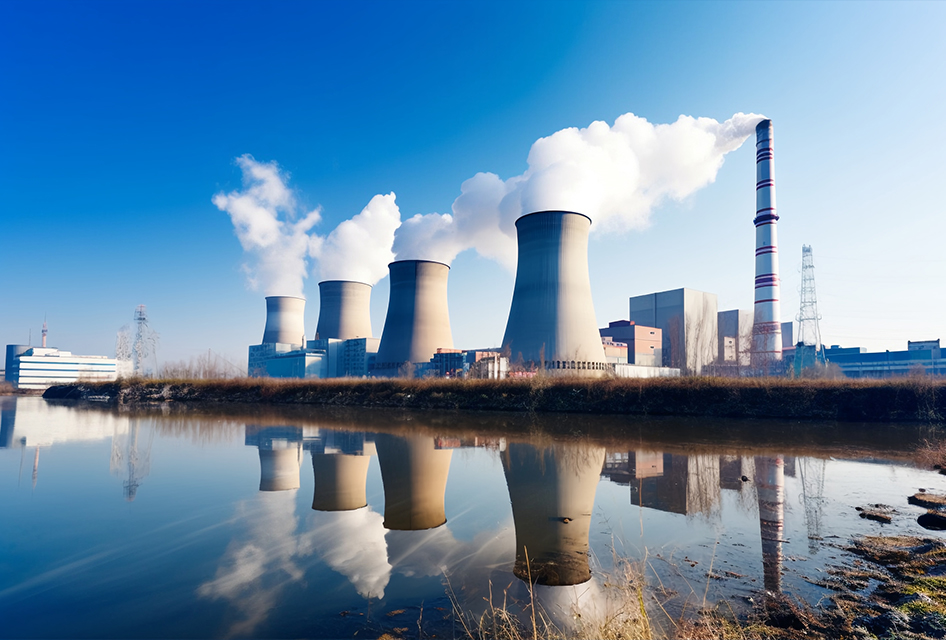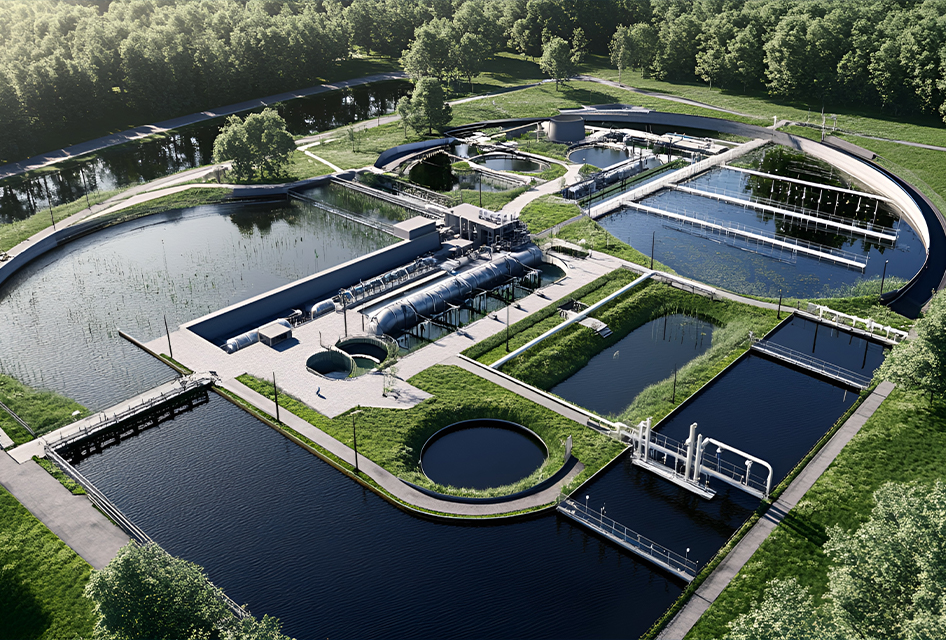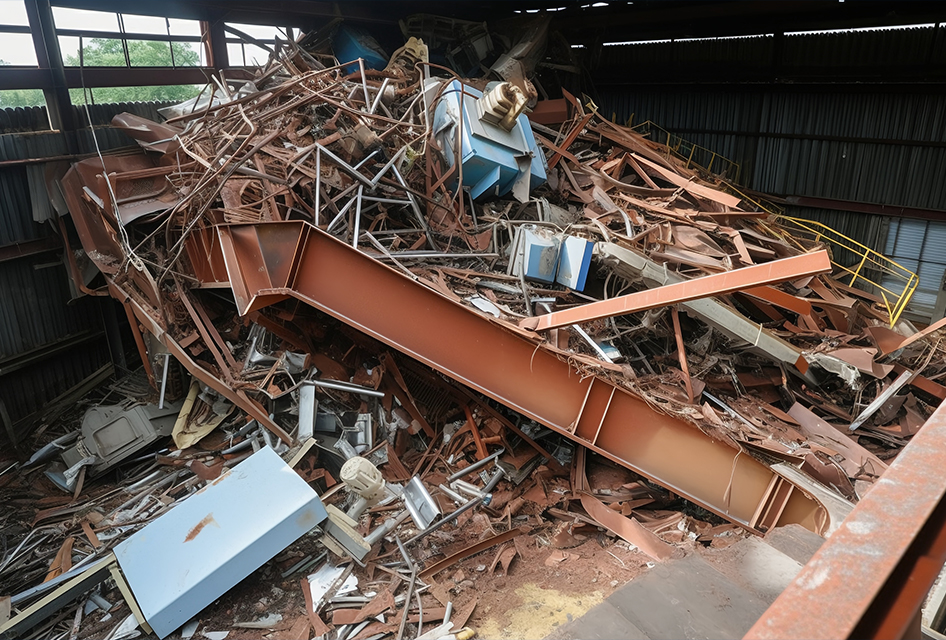Treatment of Pollutants
At KIN LONG, environmental care goes beyond compliance — it's rooted in our respect and responsibility toward nature. We ensure that all waste materials — gases, water, solids, and hazardous substances — are treated responsibly, so they can be safely reintegrated into nature’s cycle.
Waste Gas Treatment
Our workshops generate various types of waste gases including dust, industrial emissions, acid mist, organic vapors, and cafeteria fumes. Each type is treated using dedicated systems such as:
Wet dust collectors
Pulse bag filters
Spray towers and acid-base neutralization towers
Multi-stage activated carbon spray systems
Catalytic (RCO) or regenerative catalytic combustion (RTO)
Electrostatic purifiers for kitchen fumes
These advanced systems ensure all gases are purified and safely discharged via high-altitude exhaust ducts, meeting or exceeding all environmental standards.
Wet dust collectors
Pulse bag filters
Spray towers and acid-base neutralization towers
Multi-stage activated carbon spray systems
Catalytic (RCO) or regenerative catalytic combustion (RTO)
Electrostatic purifiers for kitchen fumes
These advanced systems ensure all gases are purified and safely discharged via high-altitude exhaust ducts, meeting or exceeding all environmental standards.


Wastewater Treatment
The wastewater discharge standards for the expansion and upgrading project follow the requirements stipulated in the environmental impact assessment report of the expansion and upgrading project. After the production wastewater is treated by the sewage treatment station and meets the standards of Grade III of the second period in the "Water Pollutant Discharge Limits" (DB44/26-2001) of Guangdong Province, the "Water Quality Standards for Discharge into Urban Sewers" (GB/T 31962-2015) B grade standard, and the stricter values in Table 2 of the "Electroplating Water Pollutant Discharge Standards" (DB 441597-2015) for water pollutant discharge limits and unit product benchmark drainage volume of newly constructed projects in the Pearl River Delta; the domestic sewage must be pre-treated to meet the standards of Grade III of the second period in the "Water Pollutant Discharge Limits" (DB44/26-2001) of Guangdong Province and the stricter values of the "Water Quality Standards for Discharge into Urban Sewers" (GB/T 31962-2015) B grade standard, and is discharged into the municipal sewage interception pipeline and then sent to the urban sewage treatment plant for treatment.


Solid Waste & Hazardous Waste Treatment
Kinlong generates various types of waste during production and operations, including metal scraps, used activated carbon, empty paint buckets, paint residues, sludge from the sewage treatment station, and household garbage. To manage this properly, we have set up a Solid Waste Management Control Procedure covering waste collection, storage, and disposal.
Qualified and certified companies are selected for transportation and disposal. We also maintain detailed records (ledgers) for all waste handling. Household garbage is handled by the local sanitation department, while hazardous waste is collected by Kinlong according to official guidelines. An annual hazardous waste management plan is prepared and filed, and all hazardous waste is handed over to certified companies using proper transfer documents.
Qualified and certified companies are selected for transportation and disposal. We also maintain detailed records (ledgers) for all waste handling. Household garbage is handled by the local sanitation department, while hazardous waste is collected by Kinlong according to official guidelines. An annual hazardous waste management plan is prepared and filed, and all hazardous waste is handed over to certified companies using proper transfer documents.











